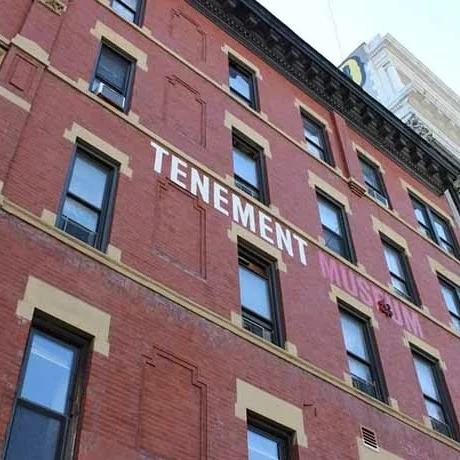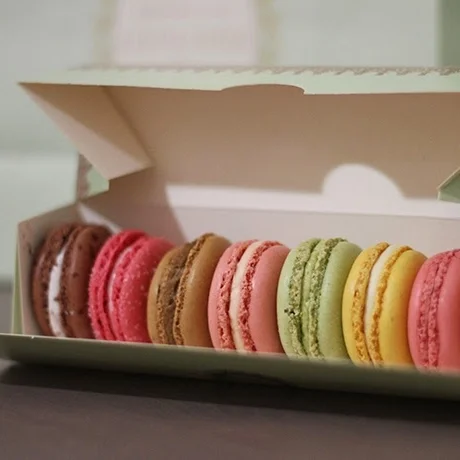Lower East Side Tenement Museum

On Saturday my friend Jim, his roommate Erica and I went on a tour at the Lower East Side Tenement Museum. It had been on my list for a while, but it's pretty pricey ($25) so it had been pushed aside a few times for cheaper activities. We were kind of torn on what tour to take since there are several (and no "main" one), but we finally settled on "Sweatshop Workers." I do wish they offered one general tour, since having to choose just one kind of stressed me out, but I guess that just means we'll have to go back and take the others (something tells me this is exactly how they want me to feel).


Our tour took us to the 3rd floor of 97 Orchard Street, an apartment building a few doors down from the main building and gift shop on the corner of Orchard and Delancey. Built in 1863, 97 Orchard Street was home to over 7,000 working class immigrants before being vacated and boarded up in 1935 because the landlord couldn't afford to make the improvements required by law. It was discovered by the founders of the museum in 1988, and they've since restored 6 apartments, where the tours take place.

[source]
Our tour took us into two different apartments: the Levine family's home/garment workshop and the slightly more modern home of the Rogarshevskys'. It's one thing to read about tenements, immigrants and unfair working conditions, but it's a whole different experience to actually stand in the environments while you hear their stories (photos aren't allowed inside).
The apartments are actually pretty nice, and would be comfortable today as one bedrooms for a single person or a couple, which is what I thought when we first entered into one. But then they tell you that, on average, ten people — a husband, wife, five kids and various relatives or boarders — lived in each one and you start to realize just how rough it must have been. With no running water the women were constantly walking up and down flights of stairs carrying buckets of water, and four outhouses were shared by everyone in the building (150-200 people). Even after the indoor plumbing was installed, there were still only two toilets to be shared amongst four apartments on each floor.
Immigrants working in the garment industry would work 14-hour days, six days a week, making 75 cents for a dress that would retail for about $15 (which is also what they paid per month in rent). It really is hard to even imagine what life must have been like back then, and although I always try to be grateful for how wonderful my life is, the tour definitely reinforced just how lucky I actually am.

It feels a little strange to complete a tour like the one we took, and then walk through the Lower East Side today. The area bears little resemblance to its former life as a neighborhood of tenements and squalor and its new identity as the "cool" place to be feels weirder and weirder the more you learn about its history.
I'm not saying that I think it should still be filled with tenements and horrible living conditions, but I just wonder how the Levines or the Rogarshevskys would feel knowing that I spent $4.50 on a small latte directly across the street from where they, and thousands of other people used to call home.






